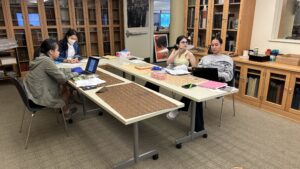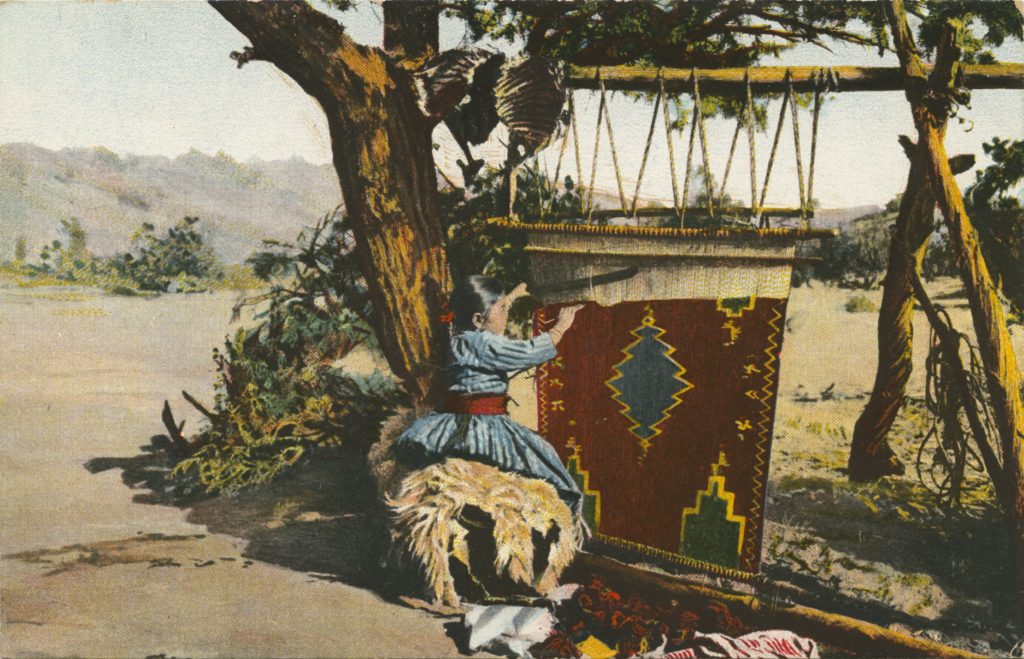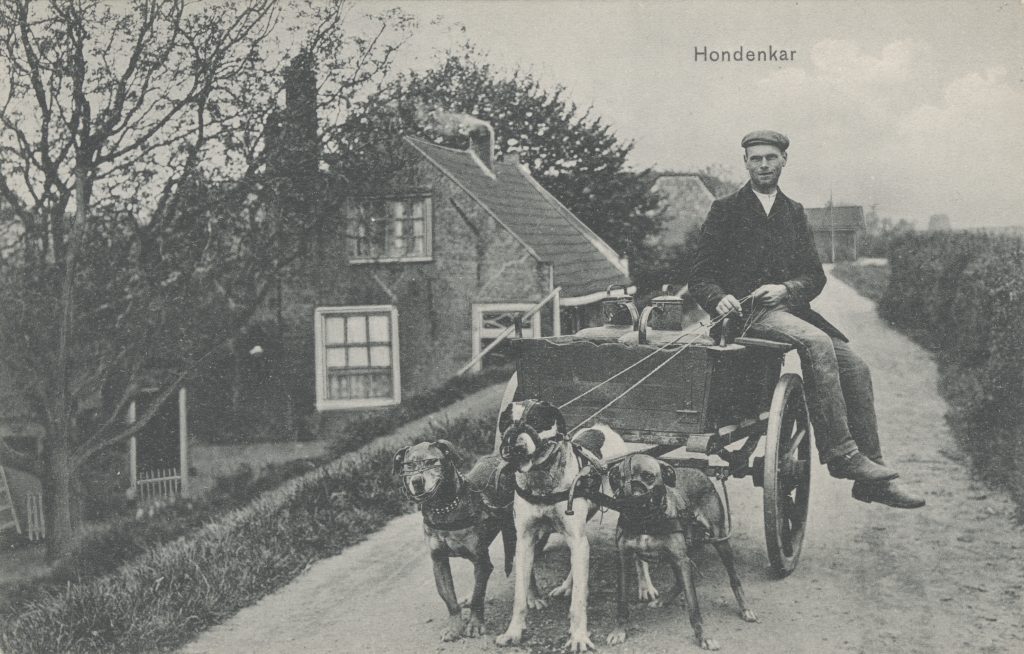Formerly Visual Resources until 2022, the Digital Asset Management team is comprised of Amanda Matava, Digital Archivist/Department Head, who joined Trinity in 2017, and Benny Bauer, the Digital Media Librarian, who joined Trinity in 2022.
JSTOR

Trinity’s institutional landing page in JSTOR (launched 2020).
Over the past year, Amanda and Benny have been adding to and restructuring our content in JSTOR, which serves as an institutional repository, image library, and digital archive. As the admin for JSTOR, Amanda also works behind the scenes with developers to improve usability and pilot initiatives. Please reach out to Amanda with any questions about JSTOR!
Among its highlights are the Art Collection, curated by Art Collection Manager Barbara Sternal; the Trinity Archival Image and Video Collection, which now contains over 2,300 items; and the Lloyd Best Institute of the Caribbean Archive, which contains digitized photographs, newspapers, and cultural heritage materials from the Lloyd Best Institute of the Caribbean in Trinidad and Tobago, a collection Trinity is assisting to digitize and process with the support of a Modern Endangered Archives Program grant.
For faculty and students seeking images for courses or research, visit the institutional teaching collection or browse JSTOR Images, which now includes the Artstor Digital Library.
Finally, visit the JSTOR workspace to save, describe, and organize materials for your research or courses. Collect images and text materials into folders, which can be exported as a .zip file or power point presentation.
Web Archives
Amanda has been developing Trinity College’s web archive in Archive-It, a product of the Internet Archive, since 2022 in order to capture Trinity’s web presence with a primary focus on blogs, online-only publications, and scholarship. If you don’t see something, it may already be found in the Wayback Machine (such as the library’s website, which has been captured many times since the 1990s).
For those looking to archive their own web pages or projects, Conifer is free and easy to use!
Collaboration
This summer, students participated in hands-on digitization and learned about cataloging cultural heritage materials as part the second iteration of RELG-321, taught by Professor Susanne Kerekes. Under the guidance of Amanda Matava, students utilized the department’s overhead camera to photograph their amulets and then uploaded them to the JSTOR Forum cataloging platform, where they learned how to enter metadata for their objects. Amanda also assisted Public Humanities Collaborative students this summer in photographing cultural heritage materials from China and Puerto Rico which included textiles and pottery/stoneware. The students used the department’s overhead camera in order to capture high-resolution overall views of the materials.

Students research and practice cataloging in JSTOR Forum

Students photograph amulets. One student (left) assisted with positioning the object and raising/lowering the camera while a second (right) operated the camera shutter.
Professional Development
Amanda and Benny have been working on various professional development opportunities. Benny recently attended the IDEAL Conference in Toronto and NEA (New England Archivists), of which they are actively engaged in interest circles and the organization’s newsletter. Benny is also active in organizing library food drives throughout the academic year.
This past year, Amanda has spoken at several conferences with Christina Bleyer including the Visual Resource Association (Fall 2023) and Boston Library Consortium (Spring 2024) on The Watkinson’s post-custodial archiving project with the Lloyd Best Institute of the Caribbean. Amanda and Christina also spoke in Trinidad and Tobago at the opening of the digital archive. Our article for the VRA Bulletin on the project describes our work in greater depth and detail. Amanda also began pursuing the Digital Archives Specialist Certification (DAS) from the Society of American Archivists and has completed about half the requirements.



















